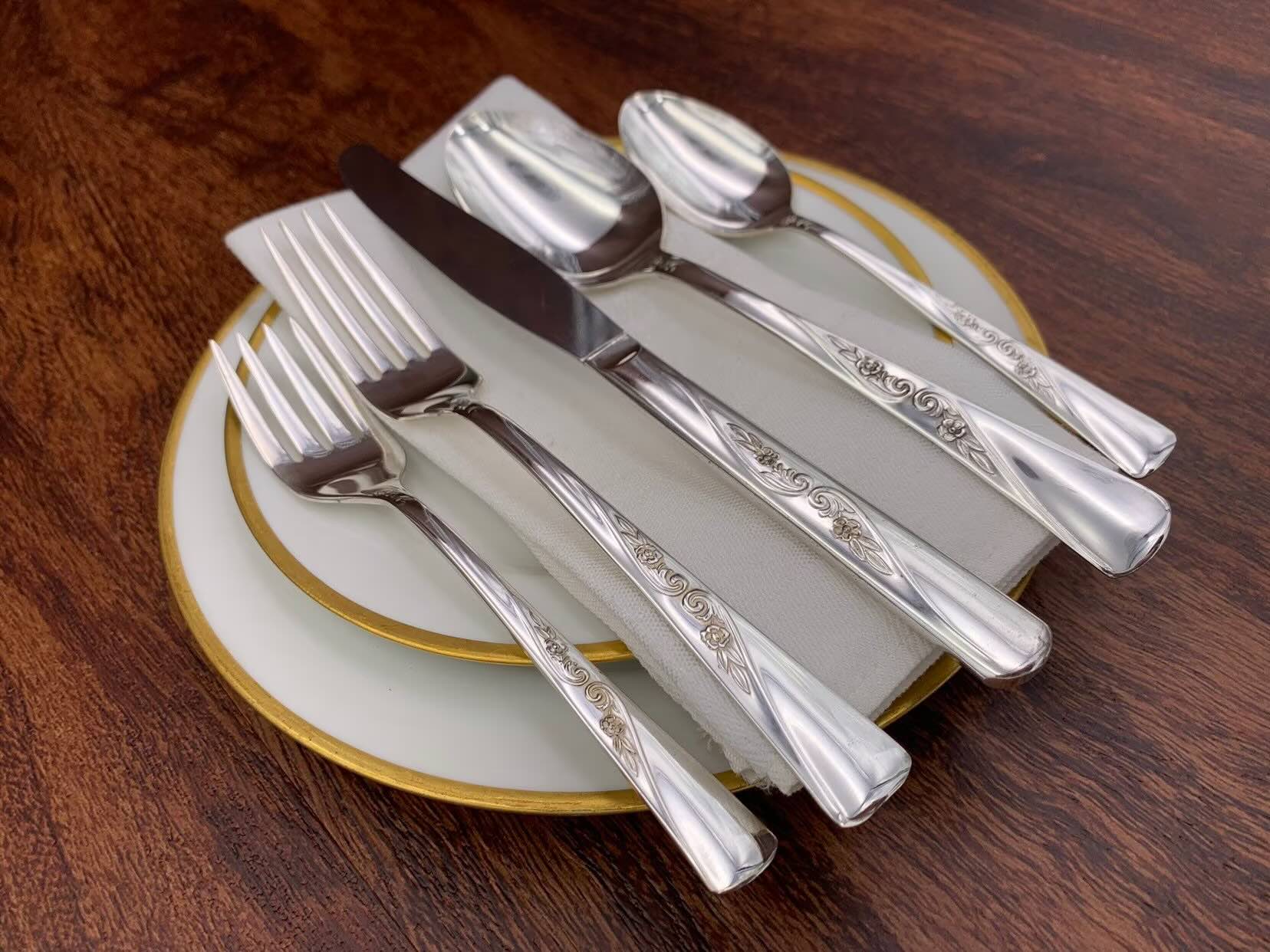

Tableware
How To Use Silverware
Modified: January 6, 2024
Discover the proper way to use silverware and tableware with our helpful guide. Learn the etiquette and techniques for a polished dining experience.
(Many of the links in this article redirect to a specific reviewed product. Your purchase of these products through affiliate links helps to generate commission for Storables.com, at no extra cost. Learn more)
Introduction
Welcome to the fascinating world of tableware! Whether you’re hosting a formal dinner party or enjoying a casual meal with family and friends, the right silverware can elevate your dining experience to a whole new level. Silverware, also known as flatware or cutlery, refers to the utensils we use for eating, serving, and preparing food.
In this article, we will explore the art of using silverware, from choosing the right utensils to properly placing them on the table. We’ll delve into the different types of silverware, understand the etiquette associated with their use, and learn how to care for them to ensure their longevity and shine. So, let’s dive in and discover the world of silverware!
Key Takeaways:
- Elevate your dining experience by choosing high-quality silverware that reflects your personal style and complements your table setting. Consider functionality, ergonomics, and budget to make the best choice.
- Master the art of using, placing, and caring for silverware to showcase your dining sophistication. Follow proper etiquette, hold utensils with grace, and savor each course with the appropriate utensils.
Read more: When Was Silverware First Used
Choosing the Right Silverware
When it comes to choosing the right silverware, there are a few factors to consider. Quality, style, and functionality are key elements that can enhance your dining experience. Here are some tips to help you make the best choice:
- Quality: Look for silverware made of high-quality materials such as stainless steel, silver-plate, or sterling silver. Stainless steel is durable and easy to maintain, while silver-plate and sterling silver add a touch of elegance. Keep in mind that sterling silver requires more care and polishing to maintain its luster.
- Style: Choose a style that reflects your personal taste and complements your table setting. Whether you prefer traditional, contemporary, or vintage designs, there is a wide range of patterns and finishes to choose from. Consider the overall aesthetic of your dining space to ensure a cohesive look.
- Functionality: Think about the intended use of the silverware. If you often entertain guests or host formal dinners, opt for a complete set that includes the essential pieces for each course. On the other hand, if you primarily use silverware for everyday meals, a basic set with the essential utensils will suffice.
- Ergonomics: Consider the comfort and ease of use when selecting silverware. Look for well-balanced utensils with comfortable handles that are easy to grip. This will ensure a pleasant dining experience for you and your guests.
- Budget: Set a budget before shopping for silverware to narrow down your options. It’s possible to find high-quality silverware at various price points, so determine how much you’re willing to invest.
By taking these factors into account, you can choose silverware that not only meets your functional needs but also adds an element of style and sophistication to your table setting. Now that we’ve covered choosing the right silverware, let’s move on to exploring the different types of silverware available.
Understanding Different Types of Silverware
When it comes to silverware, there are various types of utensils designed for specific purposes. Understanding the different types can help you set the table correctly and use the appropriate utensils for each course. Here are some of the most common types of silverware:
- Knives: Knives are essential for cutting and slicing food. They typically have a sharp edge and a sturdy handle. There are different types of knives for various tasks, such as a dinner knife for general use, a steak knife for meat, and a butter knife for spreading butter or condiments.
- Forks: Forks have multiple tines and are used for spearing or holding food. The most common type of fork is the dinner fork, which is used for the main course. Other types of forks include dessert forks, salad forks, and seafood forks.
- Spoons: Spoons are versatile utensils used for scooping, stirring, and serving. The dinner spoon is the standard spoon used for main courses, while teaspoons are smaller and used for stirring tea or coffee. Soup spoons have a rounder, deeper bowl for enjoying soups and stews.
- Serving Utensils: Serving utensils are larger, specialized utensils used for serving food. This includes serving spoons, which have wide, deep bowls for transferring food from serving dishes to plates, and serving forks, which are used to hold and serve meat, poultry, or vegetables.
- Specialty Utensils: There are also specialty utensils designed for specific foods or occasions. For instance, fish knives and fish forks are used for serving fish, while cake servers are used for cutting and serving cakes with precision.
Understanding the different types of silverware will help you set the table correctly and ensure that you are using the appropriate utensils for each course. It’s important to note that table settings may vary depending on cultural or formal dining traditions, so it’s always helpful to familiarize yourself with the specific rules or customs of the occasion.
Now that we’ve explored the different types of silverware, let’s move on to the proper placement of silverware on the table.
Proper Placement of Silverware
Setting the table correctly is an art form that adds elegance to any dining experience. Proper placement of silverware not only enhances the aesthetics of the table but also helps in creating a smooth flow during the meal. Here are some guidelines for the proper placement of silverware:
- Start with the Basics: Begin by placing the plate in the center of the place setting. The napkin can be either placed on top of the plate or to the left of the forks.
- Forks: Place the forks to the left of the plate, with the main course fork closest to the plate and the smaller forks, such as the salad fork or dessert fork, to its left. The tines of the forks should be facing upward.
- Knives: Place the knives to the right of the plate, with the blade facing inward. If there are multiple knives, arrange them in the order they will be used, starting from the outermost knife.
- Spoons: Place the spoons to the right of the knives. If you are serving soup, place the soup spoon farthest to the right. Otherwise, place the dessert spoon on the outermost right side.
- Specialty Utensils: If you are using any specialty utensils, such as fish knives or cake servers, place them horizontally above the plate, with the handle pointing towards the right.
Remember that the general rule is to work from the outside in when it comes to silverware placement. This means that the utensils farthest from the plate are used for the first course, and the ones closest to the plate are used for the main course.
Properly placed silverware not only enhances the visual appeal of the table but also allows guests to navigate the meal effortlessly. It also demonstrates your attention to detail and respect for formal dining etiquette. With the silverware properly placed, let’s move on to the next section where we’ll delve into the proper use of silverware etiquette.
Using Silverware Etiquette
Using silverware etiquette is essential for a refined dining experience. Properly handling utensils not only showcases your dining sophistication but also ensures a smooth and enjoyable meal for everyone. Here are some silverware etiquette tips to keep in mind:
- Start from the Outside: As mentioned before, when multiple utensils are placed on the table, start using the ones farthest from the plate and work your way in. This signals to the waitstaff which utensils can be cleared and helps maintain an organized table setting.
- Hold Utensils Correctly: Hold the silverware with the handle in the palm of your hand, resting on your middle finger. Use your index finger to provide stability and control. Avoid gripping the utensils tightly as it may appear awkward or unrefined.
- Use Utensils Properly: Each utensil has a specific purpose, so use them accordingly. Use the knife to cut and slice food, the fork to spear and hold food, and the spoon for scooping or stirring. Avoid using your fingers to pick up food whenever possible.
- Navigating Place Settings: If you encounter multiple forks or spoons, work your way inward, using each utensil for the corresponding course. Dessert utensils may be placed horizontally above the plate, and they are typically used at the end of the meal.
- Resting Utensils: When taking a break during the meal, rest your utensils on the plate, with the knife blade facing inward and the fork tines facing up. This signals to the waitstaff that you have not finished your meal.
- Finished with the Meal: To indicate that you have finished eating, place your utensils diagonally across the center of the plate, with the knife blade facing inward and the fork tines facing down.
Remember to be mindful of your dining companions and maintain proper table manners throughout the meal. Avoid slurping soup, chewing with your mouth open, or making loud noises with your utensils. These small gestures show respect for the meal, the host, and your fellow diners.
Now that we’ve covered the etiquette of using silverware, let’s move on to the proper way of holding and handling silverware.
When using silverware, start from the outside and work your way in with each course. Use the fork in your left hand and the knife in your right for cutting. Keep your wrists off the table and use a gentle grip.
Read more: When Do Babies Use Silverware
Holding and Handling Silverware Correctly
Holding and handling silverware correctly not only ensures proper etiquette but also enhances your dining experience. Here are some tips on how to hold and handle silverware correctly:
- Firm yet Gentle Grip: Hold the utensil with a firm yet gentle grip. Avoid gripping the handle too tightly, as this can appear tense or awkward. The grip should be comfortable and relaxed.
- Balance and Control: Maintain balance and control over the utensil by holding it towards the end of the handle. This gives you better control and precision while using the silverware.
- Use the Proper End: For forks and spoons, use the curved or rounded end to scoop or spear food. For knives, use the sharp edge to cut through food. Avoid using the back of the fork or spoon as it may seem unrefined.
- Keep Off the Table: Once you have picked up your utensil, avoid resting it directly on the table again until you have finished your meal. Resting the silverware on the table can be considered unhygienic and may leave marks or stains on the tablecloth.
- Transfer Food Gracefully: When transferring food from a serving dish to your plate, use the appropriate utensil and do so gracefully. Aim to do this with minimal noise or disruption to the table setting.
- Napkin Usage: Use your napkin to wipe your mouth discreetly as needed. When you need to temporarily leave the table during the meal, place your napkin neatly on your chair or to the left of your plate.
Remember, mastering the art of holding and handling silverware correctly takes practice. Don’t be discouraged if it feels a little challenging initially. With time and experience, it will become second nature.
With these tips in mind, you are now ready to confidently navigate through different courses using proper silverware techniques. Next, let’s explore how to use silverware for various courses.
Eating Different Courses with Silverware
Using silverware correctly for various courses adds sophistication to your dining experience. Each course requires different utensils, and understanding their usage enhances the flow and enjoyment of the meal. Here’s a guide on how to eat different courses with silverware:
- Appetizers: If an appetizer is served, use the appropriate forks to enjoy it. This may include a small fork or a cocktail fork, depending on the type of appetizer.
- Soup: When soup is served, use the soup spoon. Start by dipping the spoon into the soup, scooping away from you, and sipping from the side of the spoon. Avoid slurping or making excessive noise while enjoying your soup.
- Salad: For salads, use the salad fork. Take small bites, using the back of the fork to spear and gather the greens or toppings.
- Main Course: The main course is typically accompanied by a dinner fork and knife. Use the knife to cut your food into bite-sized pieces and then switch the fork to your dominant hand for eating.
- Seafood: If seafood is on the menu, special seafood utensils like seafood forks or picks may be provided. Use these utensils to extract meat from shells or enjoy delicate seafood dishes.
- Dessert: When dessert is served, use the dessert fork and spoon. The fork is used to enjoy cakes or pastries, while the spoon is used for puddings or other dessert variations. If a dessert knife is provided, use it to cut through portions that might require it.
- Coffee/Tea: After the meal, coffee or tea may be served. Use the teaspoon to stir your beverage. If stirring is not needed, the spoon can be placed horizontally on the saucer with the handle facing right.
Remember to pace yourself with each course, allowing time to savor and enjoy the flavors. It’s important to follow the lead of your host or adhere to the dining customs of the occasion if there are any specific guidelines or traditions.
Now that we’ve explored using silverware for different courses, let’s move on to the care and maintenance of silverware to ensure its longevity and shine.
Caring for Silverware
Proper care and maintenance are essential to keep your silverware looking its best and to prevent tarnishing. Here are some tips to help you care for your silverware:
- Handwashing: Whenever possible, handwash your silverware with mild dish soap and warm water. Avoid using abrasive scrubbers or harsh chemicals that can damage the finish.
- Drying Immediately: After washing, dry your silverware immediately with a soft cloth to prevent water spots and tarnishing. Leaving silverware wet or allowing it to air dry can lead to discoloration and dullness.
- Polishing: Regularly polish your silverware to maintain its shine. You can use a silver polishing cloth or a gentle silver polishing paste. Follow the manufacturer’s instructions and polish in gentle, circular motions.
- Storage: Store your silverware in a tarnish-resistant flatware chest or a soft-lined drawer. If using a drawer, keep silverware separate from other metals to prevent scratching.
- Consideration of Food Acidity: Certain foods with high acidity, such as citrus fruits or tomato-based dishes, can cause silverware to tarnish more quickly. Rinse silverware promptly after contact with such foods to minimize the effects.
- Avoid Exposure to Household Chemicals: Keep your silverware away from household chemicals, including bleach, ammonia, or other cleaning agents. These chemicals can cause discoloration and damage the silver finish.
- Occasional Professional Cleaning: For sterling silver or silver-plated silverware, consider having it professionally cleaned and polished on occasion to restore its shine and remove any stubborn tarnish.
By following these care tips, you can help preserve the beauty and longevity of your silverware for years to come. With proper care and maintenance, your silverware will continue to enhance your dining experience and impress your guests.
Now that we’ve covered caring for silverware, let’s explore some alternative silverware options available on the market.
Alternative Silverware Options
While traditional silverware adds a touch of elegance to any table, there are alternative options available that can suit various preferences and lifestyles. Here are a few alternative silverware options to consider:
- Stainless Steel: Stainless steel is a popular alternative to traditional silverware. It is durable, affordable, and easy to maintain. Stainless steel utensils come in a variety of designs and finishes, ranging from sleek and modern to classic and ornate.
- Bamboo Utensils: Eco-conscious individuals may opt for bamboo utensils as a sustainable alternative. Bamboo is a renewable resource and biodegradable, making it an environmentally friendly choice. Bamboo utensils are lightweight, durable, and easy to clean.
- Plastic Utensils: Plastic utensils are a practical option for outdoor gatherings, picnics, or casual events. They are lightweight, disposable, and convenient. However, it’s worth noting that plastic utensils are not environmentally friendly and should be disposed of responsibly.
- Titanium Utensils: Titanium utensils are known for their lightweight and sturdy properties. They are resistant to corrosion and can withstand high temperatures, making them suitable for camping or outdoor activities.
- Wooden Utensils: Wooden utensils offer a rustic and natural look to the table. They are gentle on cookware, non-reactive, and do not scratch surfaces. Wooden utensils need regular oiling to maintain their quality and longevity.
When choosing alternative silverware options, consider your personal style, usage requirements, and eco-friendly preferences. These alternatives can be found in various designs and finishes, allowing you to customize your table setting to suit your taste.
Now that we’ve explored alternative silverware options, let’s conclude our journey through the world of silverware.
Read more: How To Care For Silverware
Conclusion
In conclusion, understanding the art of using silverware elevates your dining experience and adds a touch of sophistication to any meal. By choosing the right silverware, understanding the different types, and properly placing them on the table, you can create a visually appealing and well-organized table setting.
Using silverware etiquette and holding and handling silverware correctly showcase your table manners and respect for formal dining traditions. Remember to use the appropriate utensils for each course, following the natural flow of the meal.
Caring for your silverware ensures its longevity and beauty. Follow proper cleaning, drying, and storage techniques to maintain its shine and prevent tarnishing. Consider alternative silverware options to suit your style, lifestyle, and environmental preferences.
Whether you opt for traditional silverware, stainless steel, bamboo, or any other alternative, the key is to make sure you enjoy your dining experience while showcasing your personal taste and refinement.
Now that you’re equipped with the knowledge of choosing, using, and caring for silverware, go ahead and set your table with confidence. Bon appétit!
Frequently Asked Questions about How To Use Silverware
Was this page helpful?
At Storables.com, we guarantee accurate and reliable information. Our content, validated by Expert Board Contributors, is crafted following stringent Editorial Policies. We're committed to providing you with well-researched, expert-backed insights for all your informational needs.
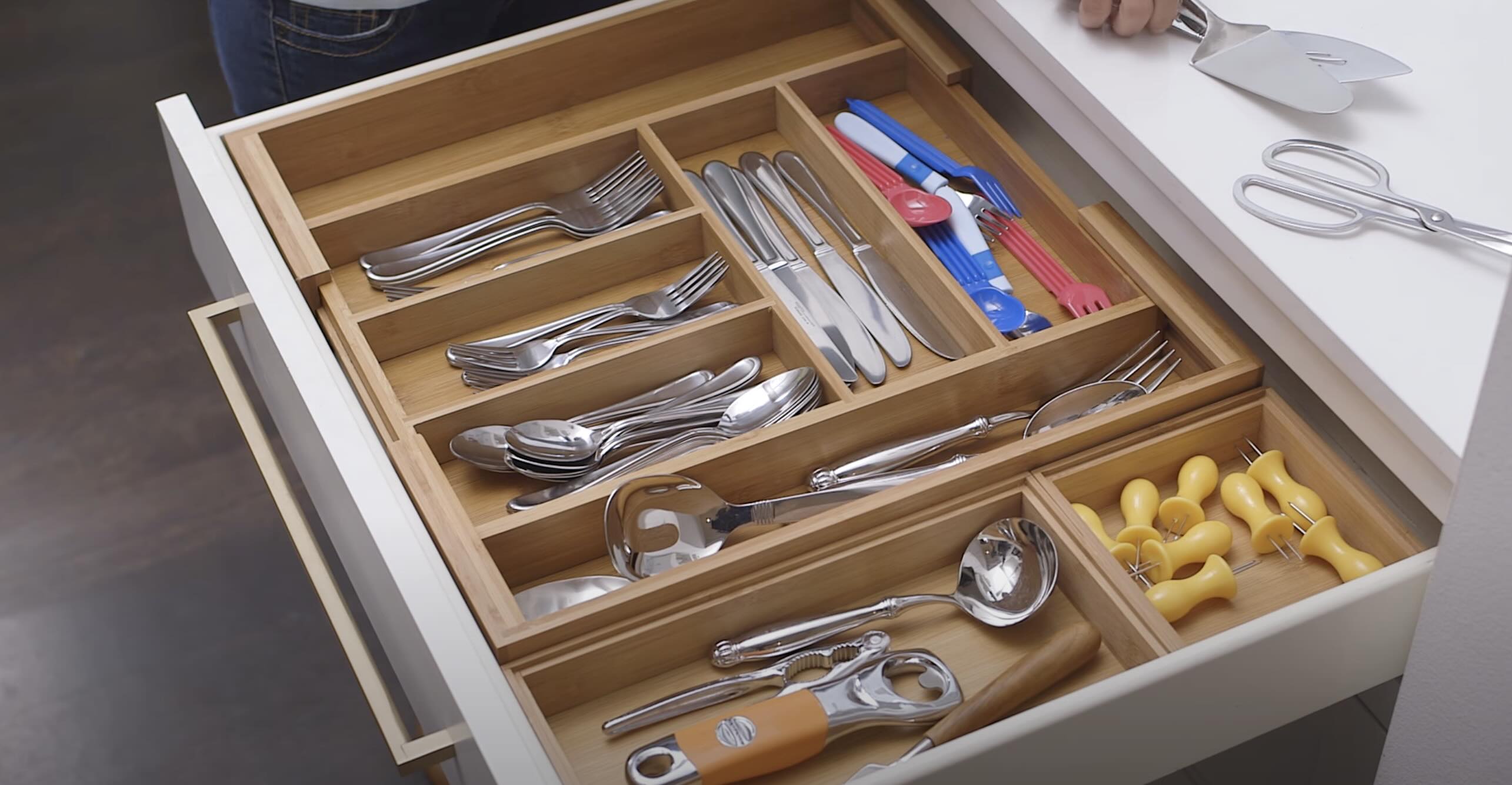
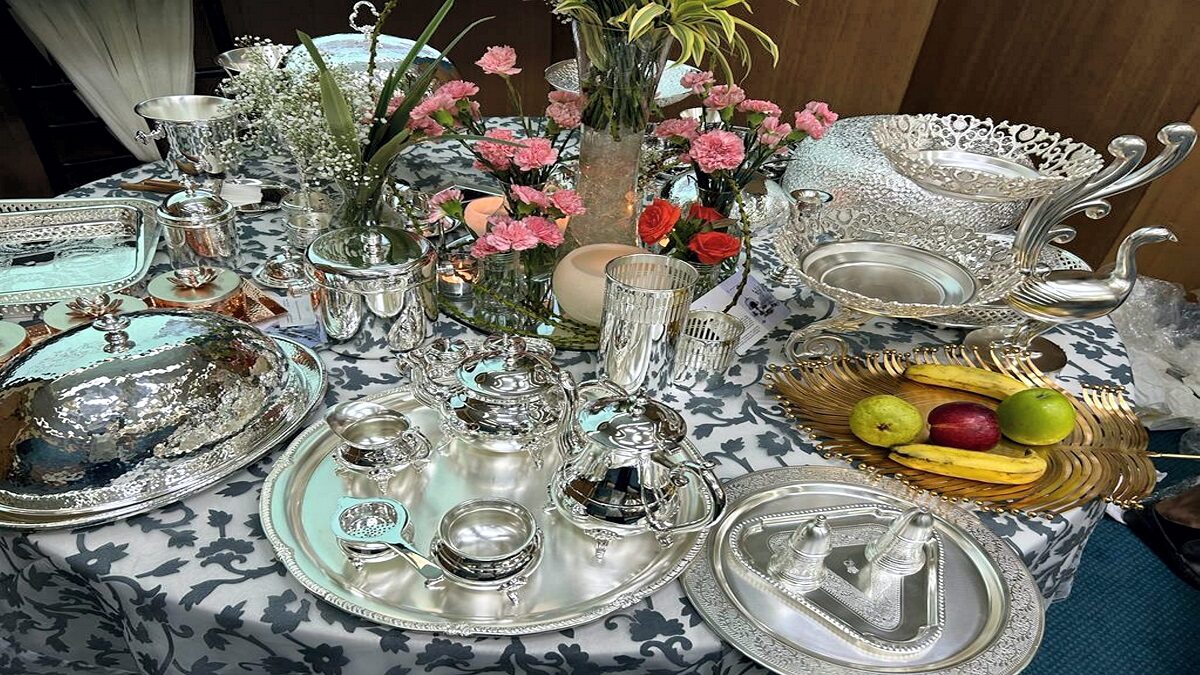
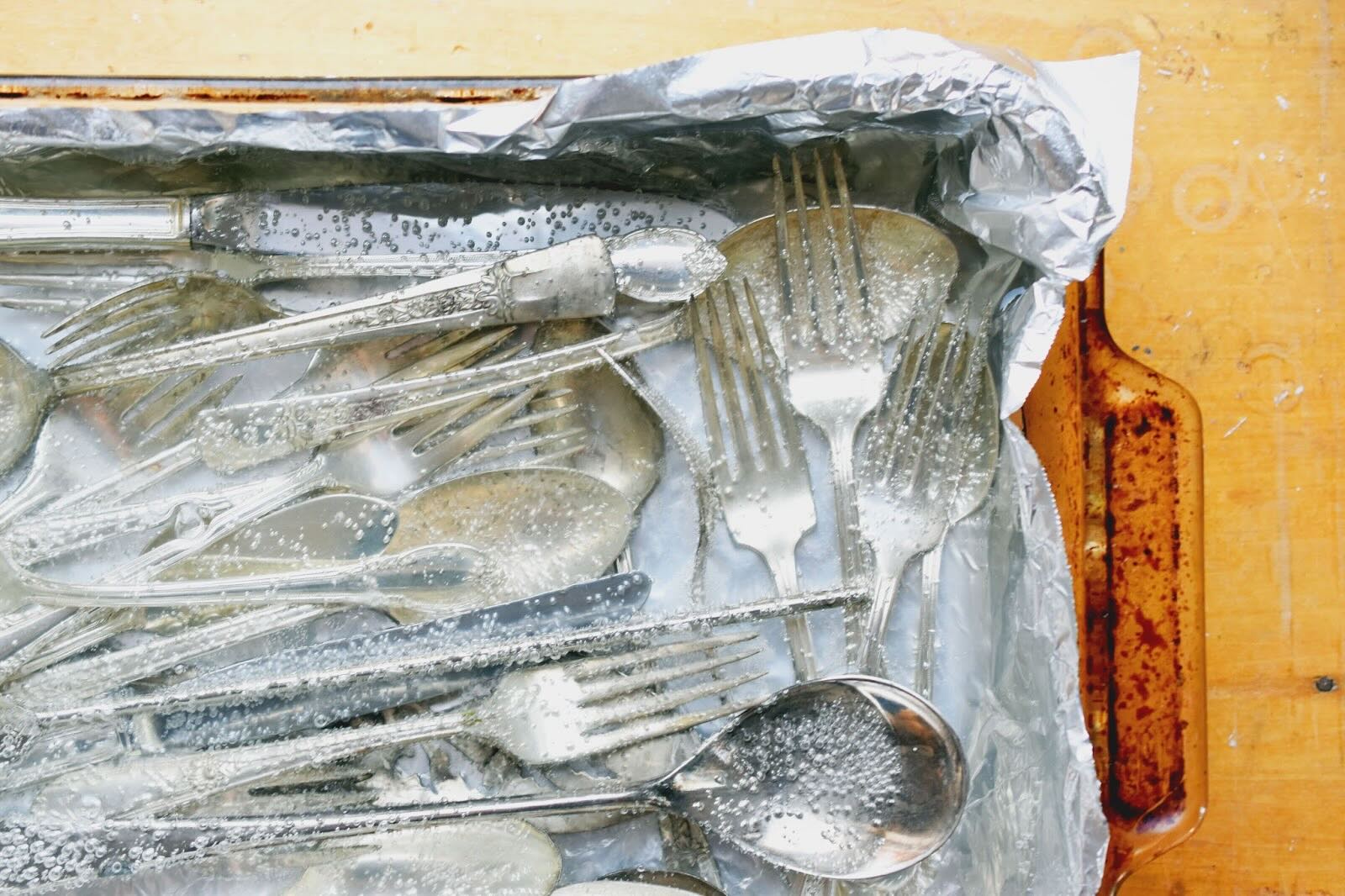
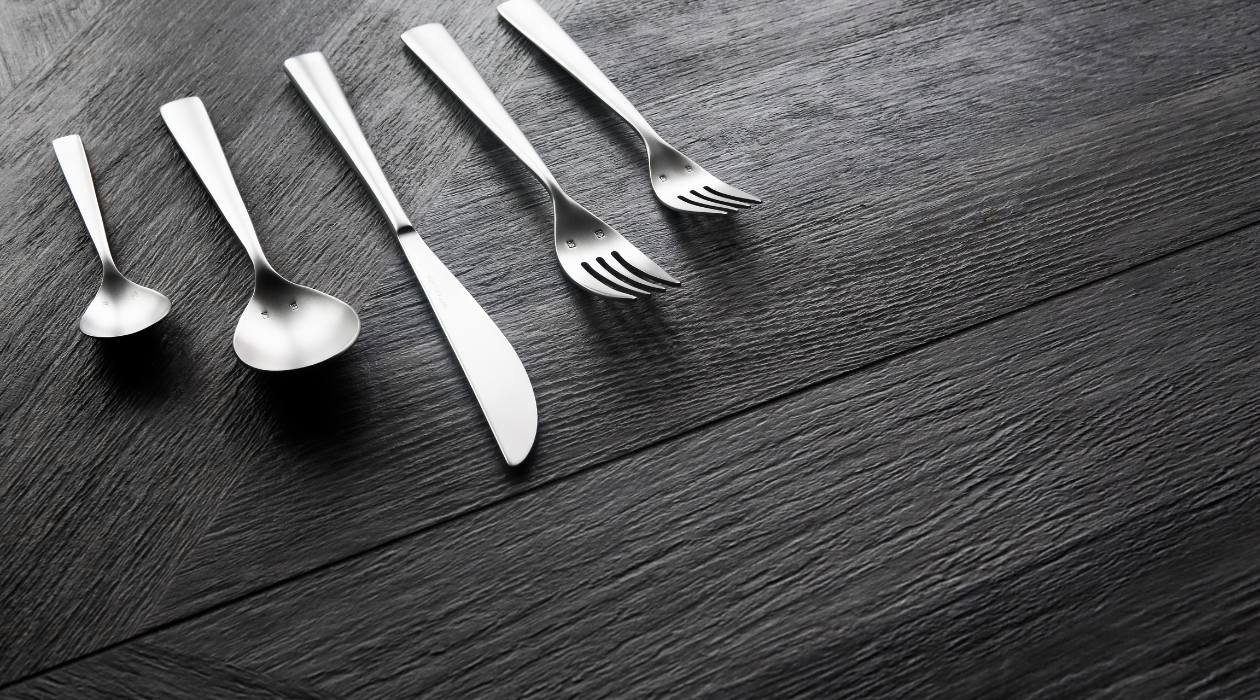
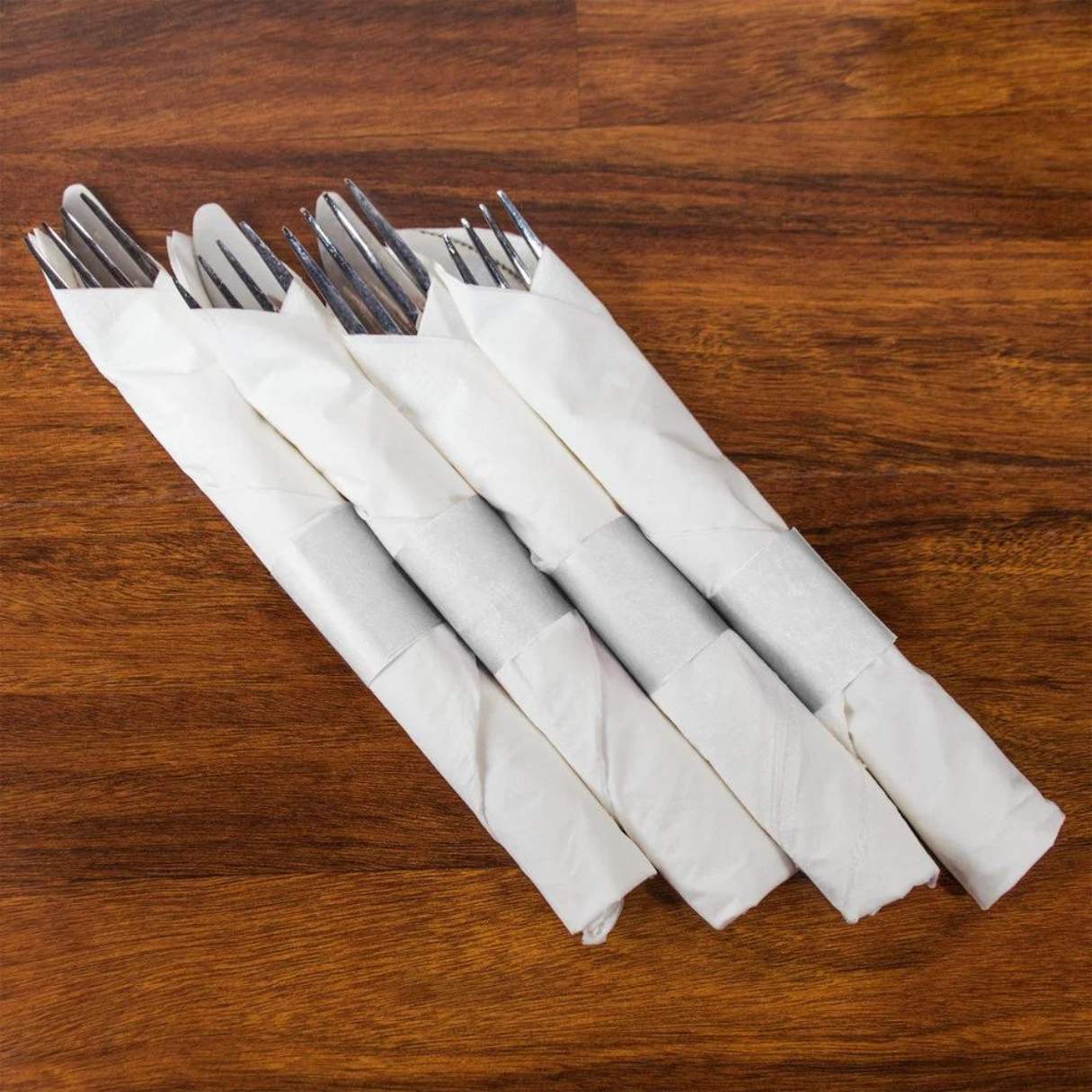
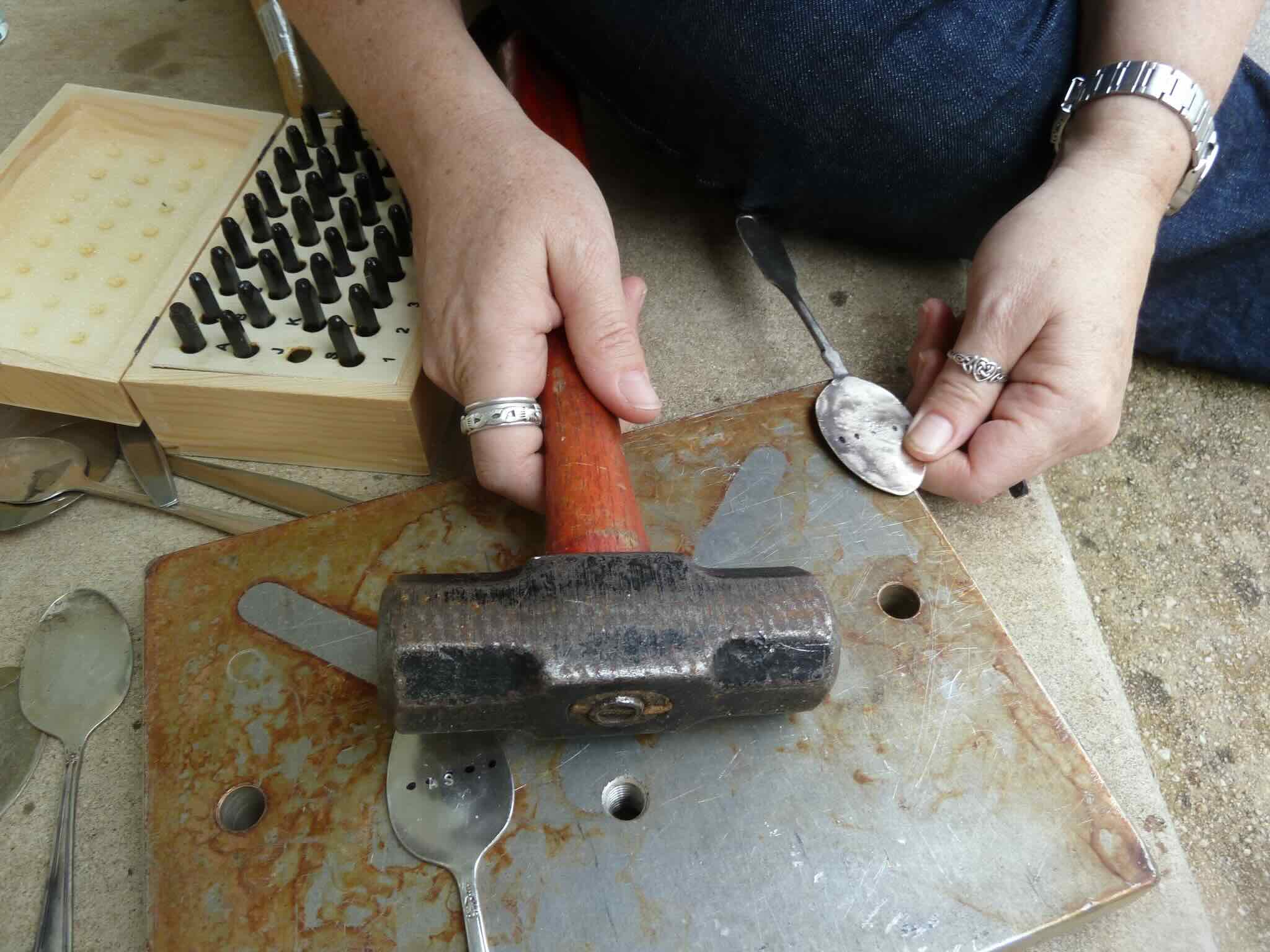
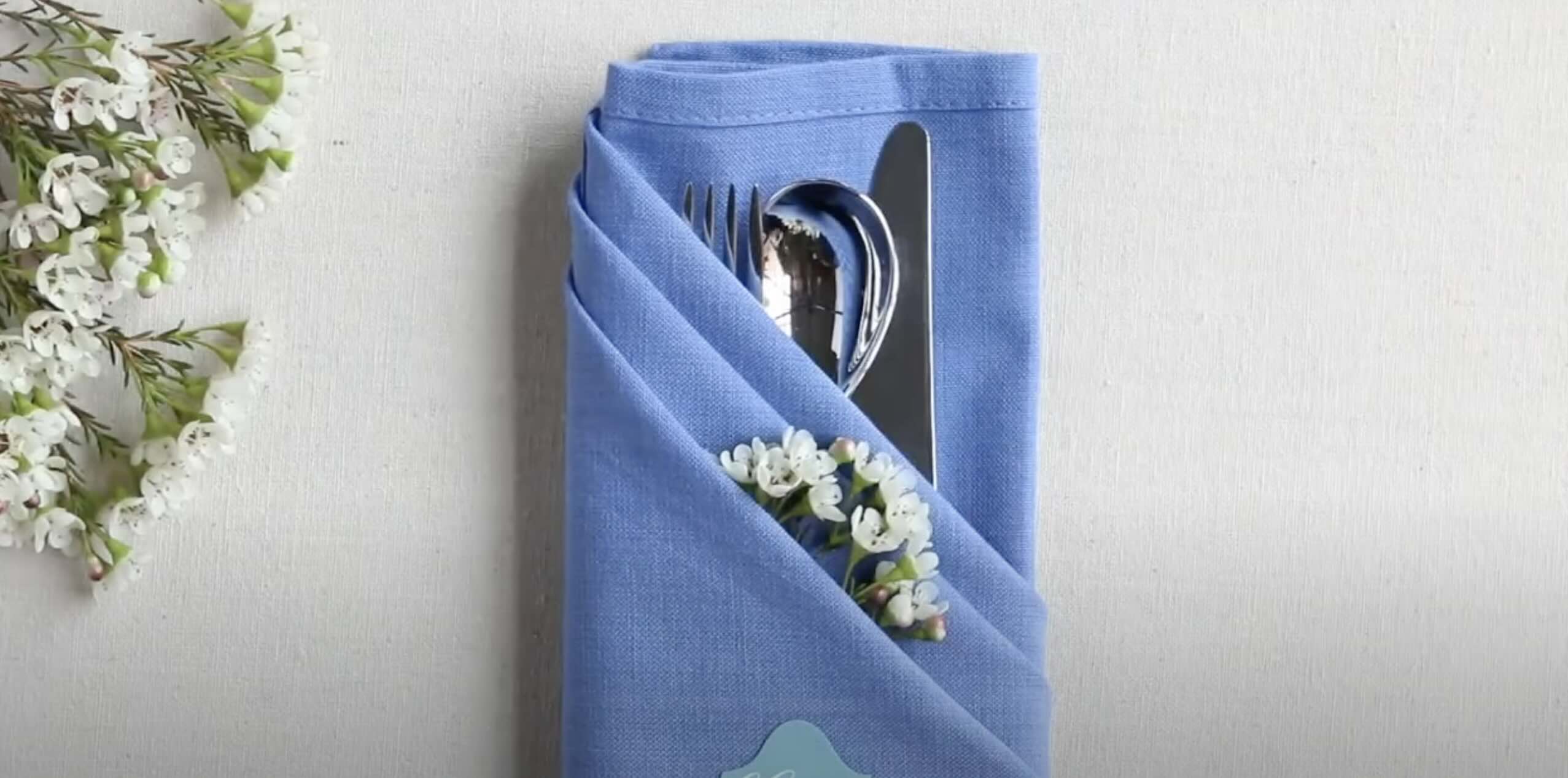
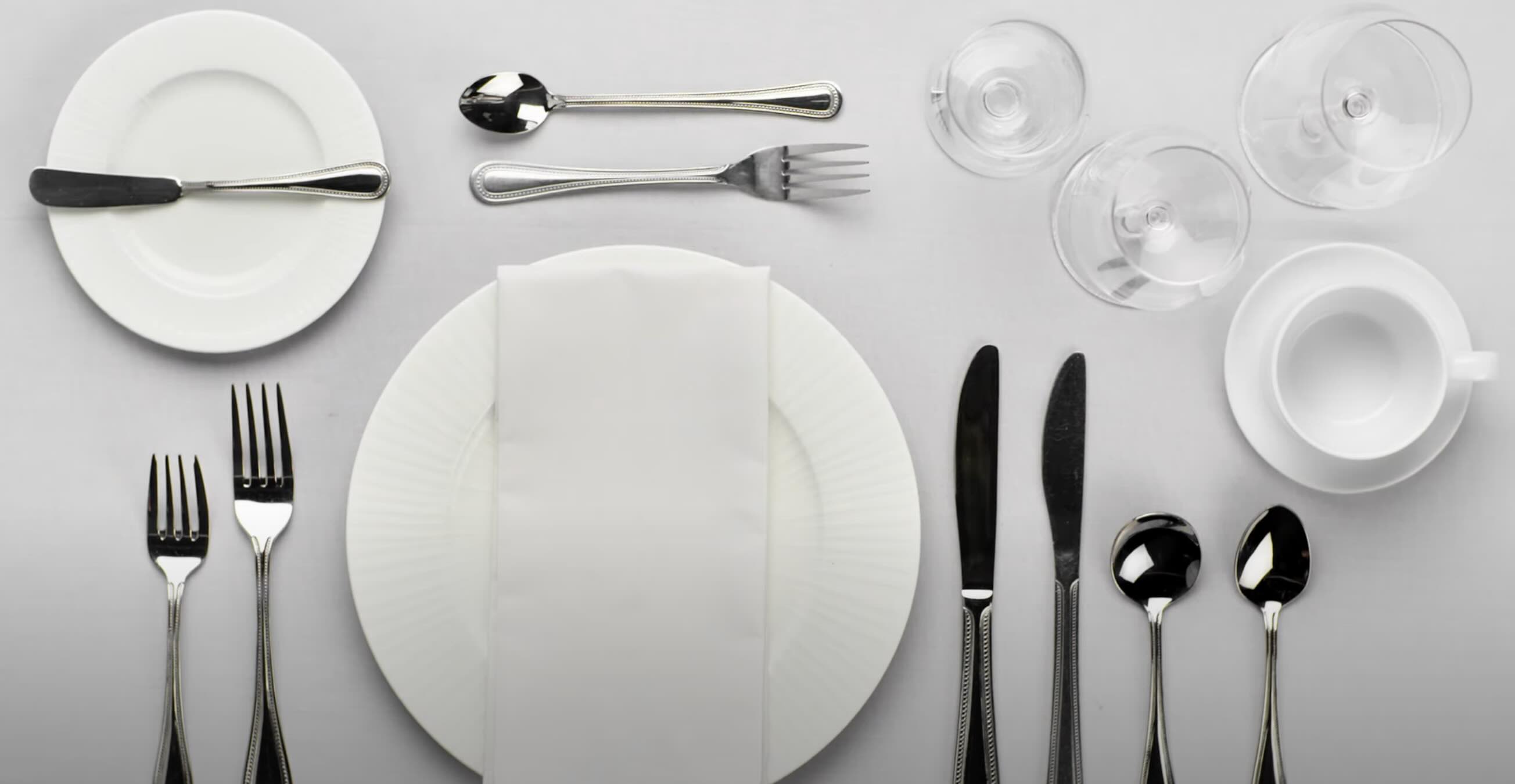
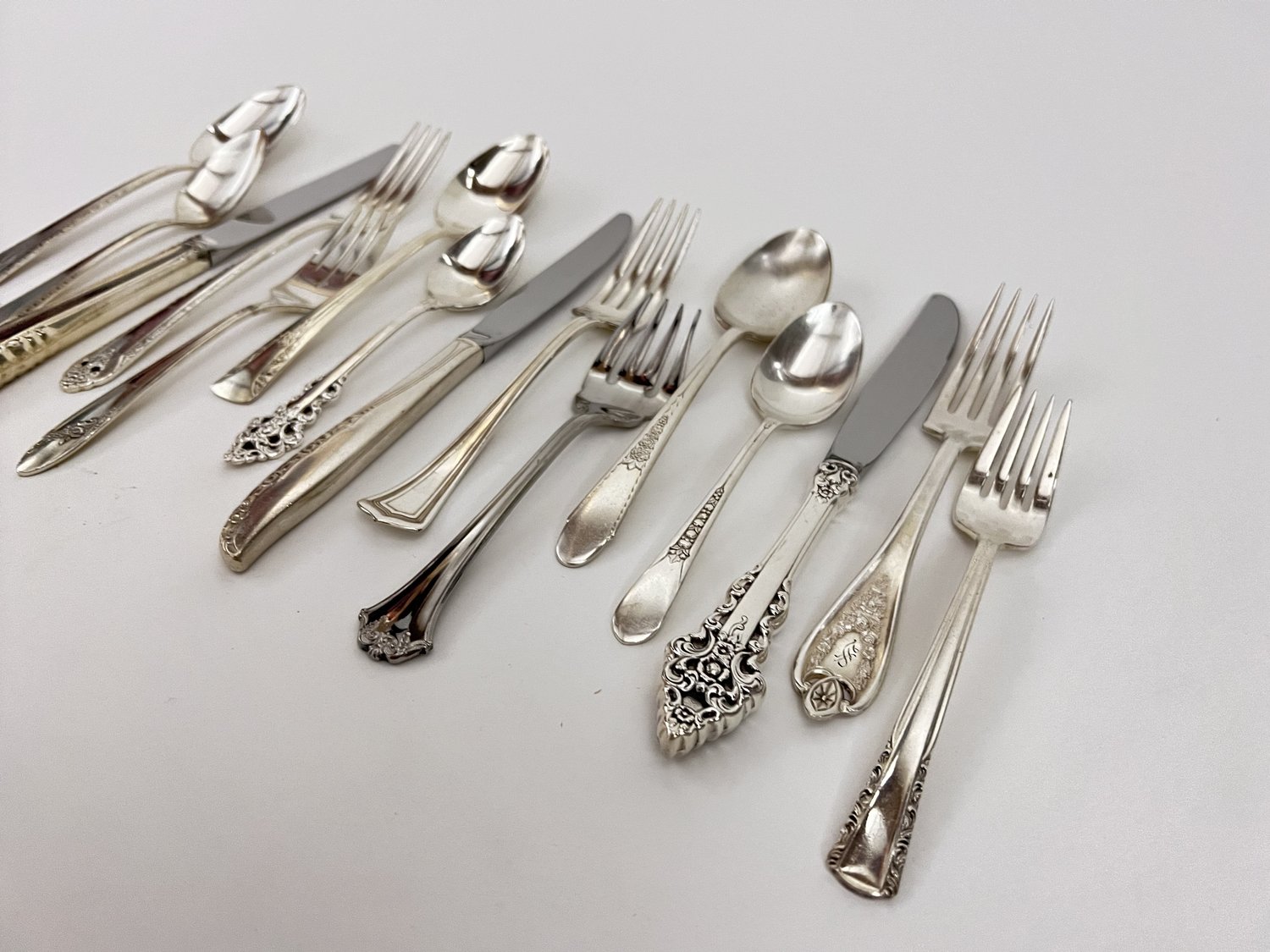
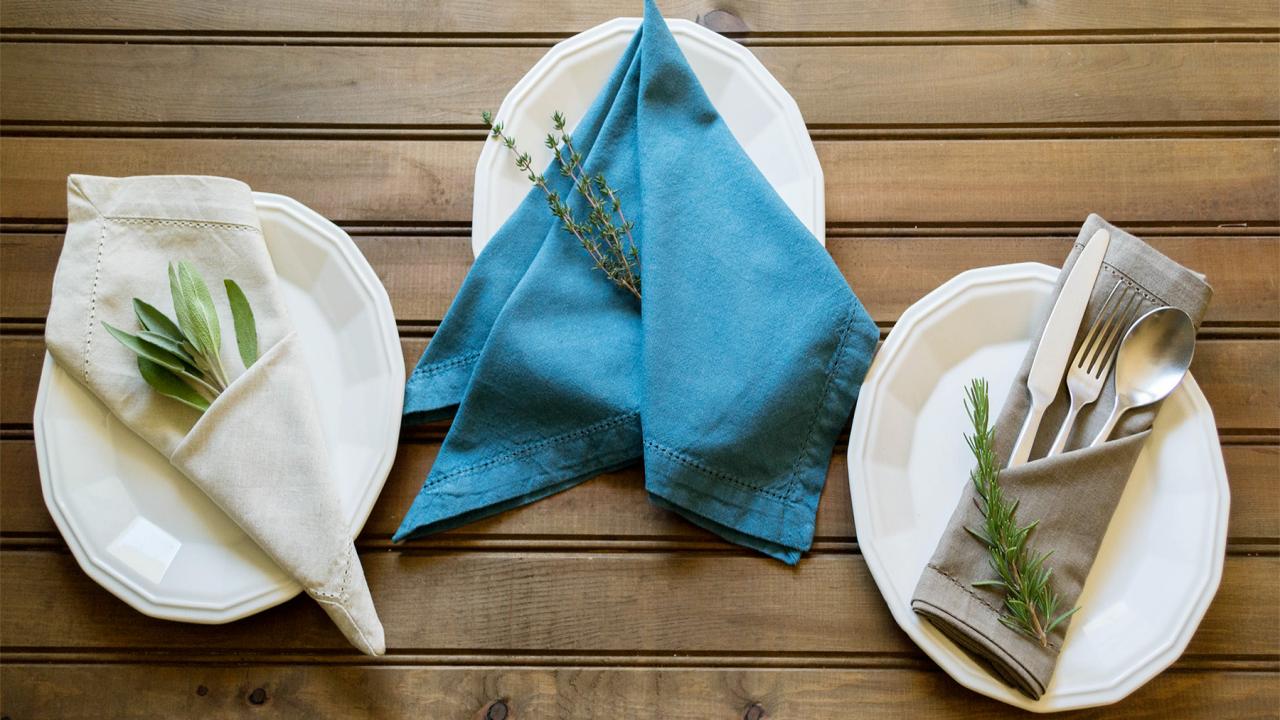
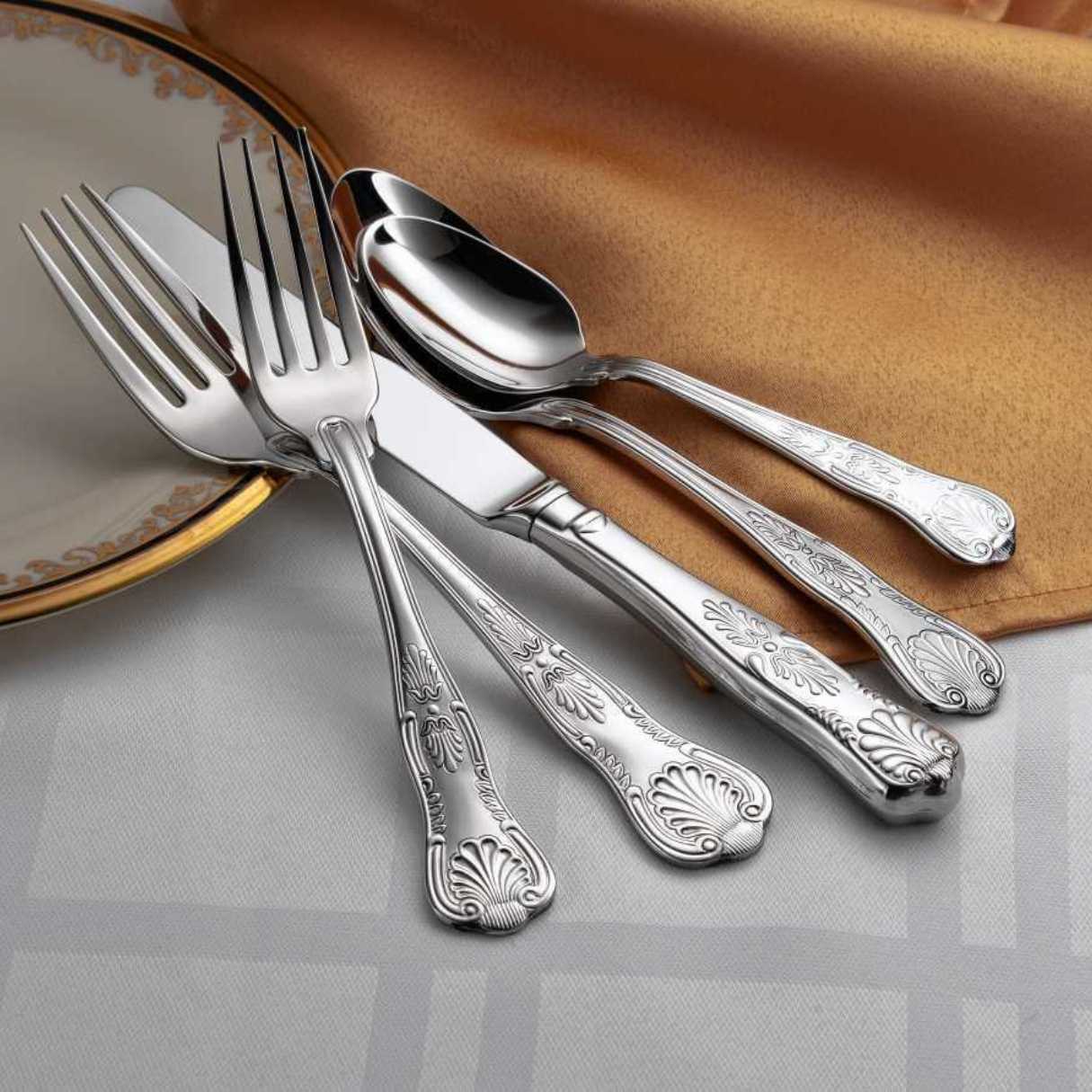
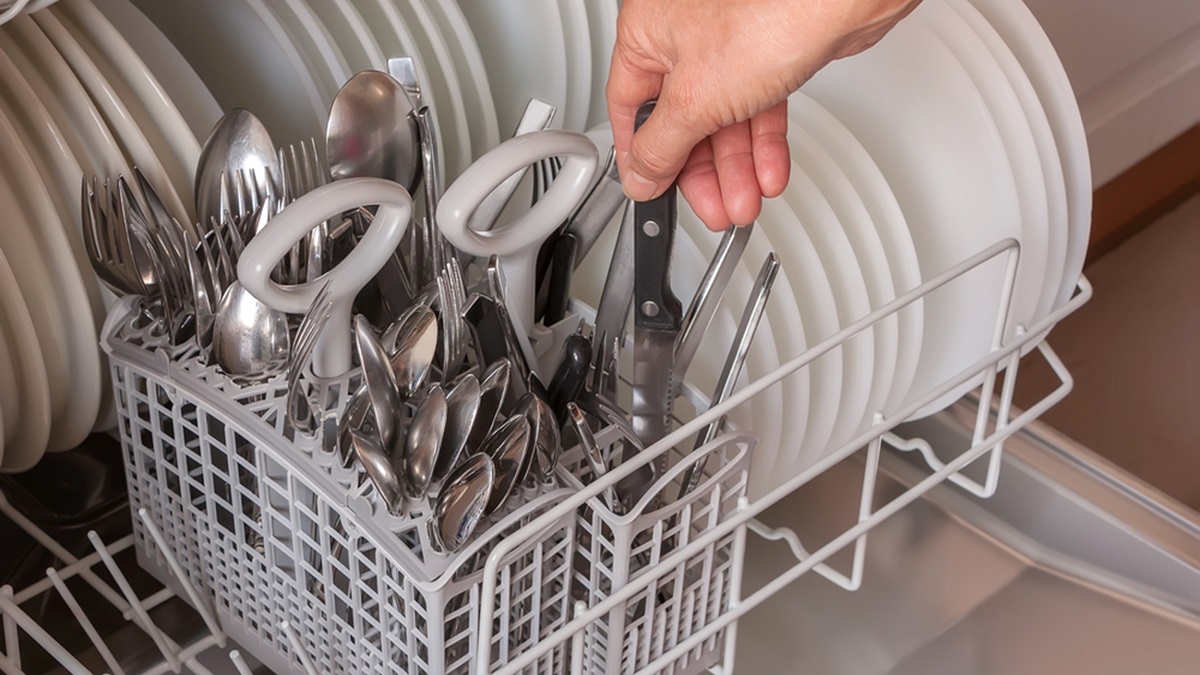
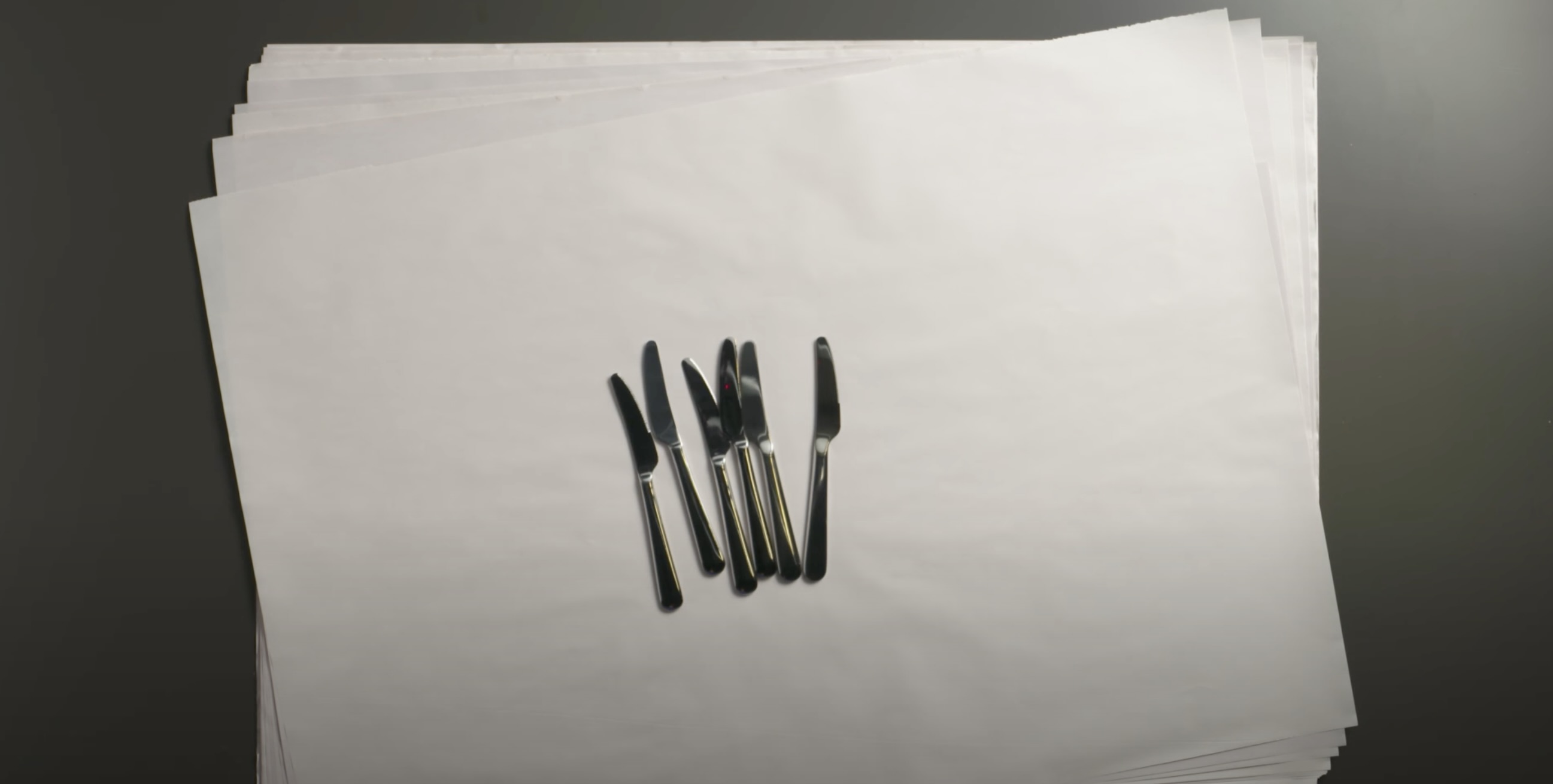

0 thoughts on “How To Use Silverware”